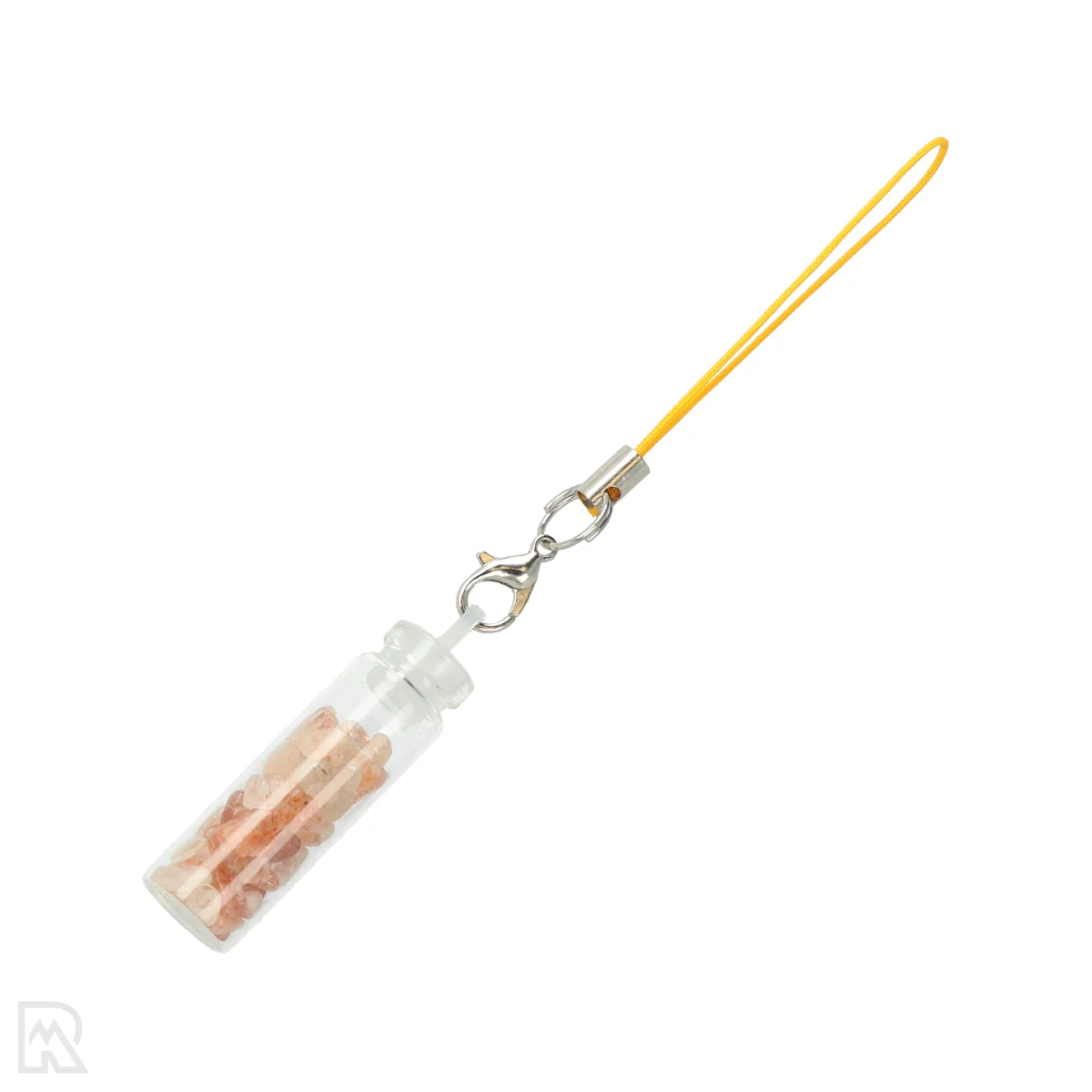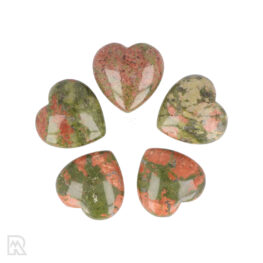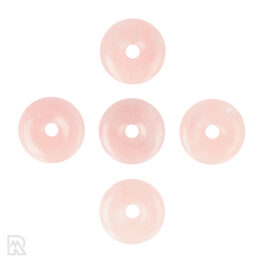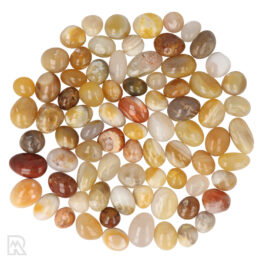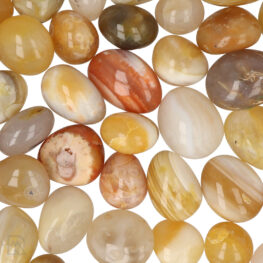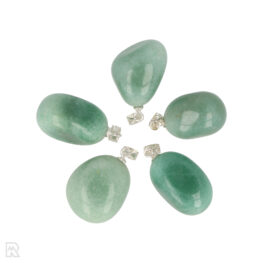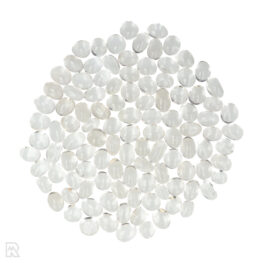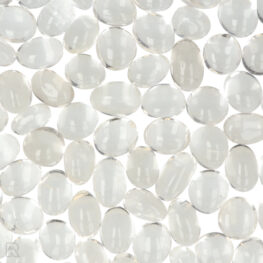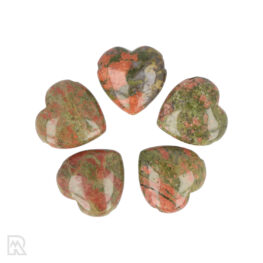| Gewicht | 0,05 kg (50 gr) |
|---|---|
| Dimensions | 1,1 × 1,1 × 3,5 cm |
| Sales Unit | |
| Type | |
| Form | |
| Origin | |
| SKU | 4978 |
Sunstone Lucky Bottle
Sun stone Lucky bottle from China
Sun stone
Sun stone is a striking mineral from the feldspar group, known for its warm luster and brilliance, often with an orange to reddish colour. The characteristic shimmering effect, also called aventurescence, is caused by inclusions of haematite or goethite. This optical property gives sunstone a sparkling appearance reminiscent of sunlight, from which the mineral gets its name.
Sunstone is found in India, Norway, the United States and Canada, among other places. It usually belongs to the plagioclase or orthoclase feldspars, with the chemical composition (Na,Ca)(Si,Al)₄O₈. Sunstone occurs in igneous rocks such as pegmatites or volcanic rocks. Its hardness is between 6 and 6.5 on the Mohs scale.
Sources:
Mindat.org, Gemdat.org, Wikipedia - Sun stone
Selenite
Selenite is a clear to translucent variety of the mineral gypsum (CaSO₄-2H₂O). It is known for its glassy to pearly luster and often fibrous structure. A common form is selenite, which has a silky luster and occurs in long, fibrous crystals. Despite its name, selenite has nothing to do with the element selenium; the name is derived from the Greek word for moon, because of its soft luster.
Selenite forms in sedimentary environments during the evaporation of seawater and is found in countries such as Mexico, Morocco, the US and Australia. It is a soft mineral with a hardness of 2 on the Mohs scale, making it easy to work by hand. Almost all selenite sold on the Dutch market is satin spar; however, selenite is a market-accepted sales name.
Sources:
Mindat.org, Gemdat.org, Wikipedia - Selenite
